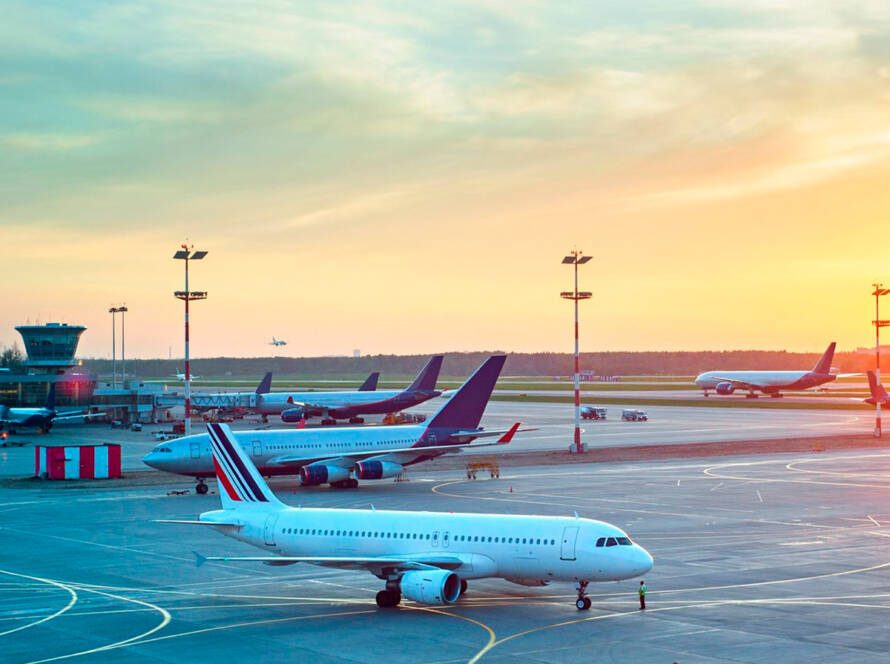At long last, the Australian government has released its highly anticipated Aviation White Paper. The White Paper creates a blueprint for policy and reforms in Australia’s aviation sector, with a view towards 2050.
Economic regulation of airports is a perennial hot topic in Australia’s aviation ecosystem. Australian airports operate under a “light-handed” regulatory regime – which means government does not play a direct role in setting of airport charges. Aeronautical pricing negotiations between airports and airlines are often contentious.
The longstanding framework for aeronautical pricing is set out in the Australian Government’s Aeronautical Pricing Principles (APPs), which describe how airports should determine aeronautical charges. In parallel, the Australian Competition and Consumer Commission (ACCC) undertakes price and quality of service monitoring for Australia’s four largest airports (Sydney, Melbourne, Brisbane and Perth).
So, what does the White Paper have to say about aeronautical pricing? What’s coming up? And what does it all mean for negotiations between airports and airlines?
No dramatic changes – yet
The White Paper indicates the Australian Government will tweak the APPs, following a period of consultation. This will target two key areas:
- Agreements between airports and airlines should not contain anti-competitive clauses. This is mainly intended to stop major airlines from using their relative power to hamper the growth of other airlines – for example a new entrant who might grow the overall market and increase competition. Whilst airports may typically resist these “no less favourable” clauses, anyway, having this codified in the APPs creates clarity for all parties.
- Airports should provide additional transparency to airlines to assist pricing negotiations, including greater disaggregation of airport revenues, costs and assets and more information on cost allocation practices.
Consistent with point 2, the ACCC will expand the scope of its airport monitoring activities. Airports will be required to provide greater granularity on airport revenues, costs, assets and allocation methodologies. In addition to the four monitored airports, Western Sydney Airport (WSI) will also be brought into the ACCC monitoring regime down the track.
Obviously, this will likely create an additional reporting burden on the monitored airports. On the flipside, it may create interesting opportunities for smaller airports – for example, in better understanding and emulating the building block pricing parameters of major airports.
Significantly, the White Paper does not go down the path of mandating the APPs – nor implementing a binding dispute resolution mechanism between airports and airlines. Both measures were sought by Australia’s major airlines in submissions for the White Paper. Interestingly, however, the White Paper flags that the next Productivity Commission inquiry into airport regulation should investigate whether a so-called “negotiate-arbitrate” regime should be introduced for aeronautical pricing negotiations.
Looking ahead, the White Paper raises a couple of other critical questions for the next Productivity Commission inquiry to tackle – potentially with larger implications for the aeronautical pricing regime. These include:
- The effectiveness of the current regime in situations where there is a significant market power imbalances between an airport and airline. Encouragingly, this covers both:
- Large airport – small airline dynamics; and
- Small airport – large airline dynamics.
- Consideration of a possible “hybrid till” model – either alongside or instead of the current dual till model.
We’ll be keeping a close watch on this process!
Taiga Advisory are experts in airport financial strategy and CFO consulting. We support airports in all aspects of financial management, strategy and commercial planning – including aeronautical pricing. With deep experience in airport financial management, we provide practical, hands-on support. Get in touch to learn more.

